Oct 21 2025
From MBO to Hoshin Kanri
In 1995, Peter Drucker conceded that Management By Objectives (MBO) was not “the great cure for management inefficiency” he had believed when he coined the term 41 years earlier. In the meantime, the technique had contributed massively to the decline of American industry by turning managers into metrics gamers.
On 10/7/2025, The Conversation published an article by Aurélien Rouquet, reassuring us that Management by objectives is not a Nazi invention, contrary to what historian Johan Chapoutot claims. Rouquet attributes its paternity to Alfred P. Sloan, the head of General Motors who made it the most powerful company in the world by the end of World War II.
Rouquet’s article also includes a link to another article, dated 9/2/2024, where George Kassar asserts in the title that At 70, management by objectives remains unsurpassed. The most surprising thing, for an article on such a subject, is that it does not cite any company whose performance has been improved by MBO. And the author seems to ignore the existence of an approach that has surpassed MBO for decades, the Hoshin Kanri, which perhaps has the misfortune of coming from Japan.




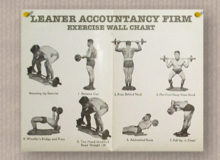
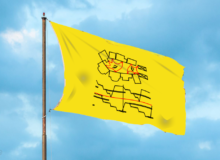
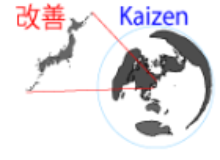
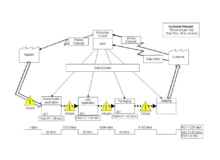
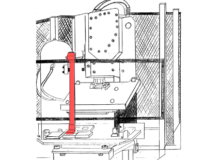

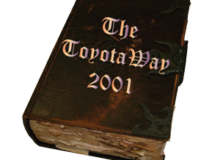

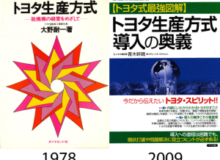
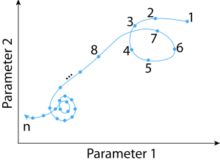


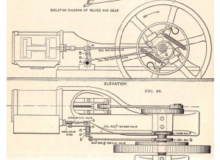

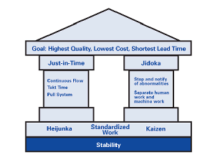



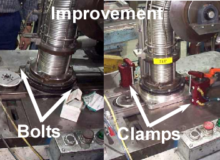
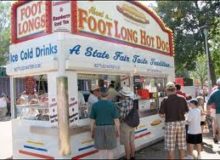
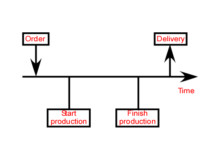
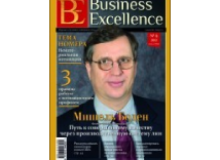
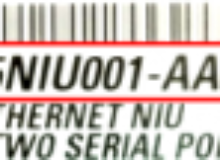
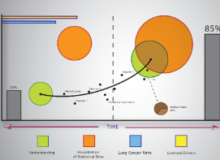
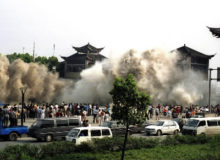



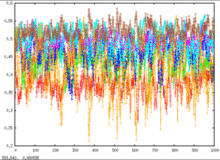
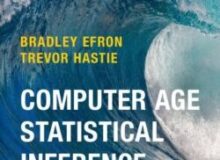
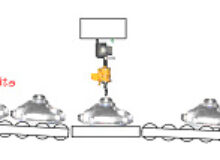

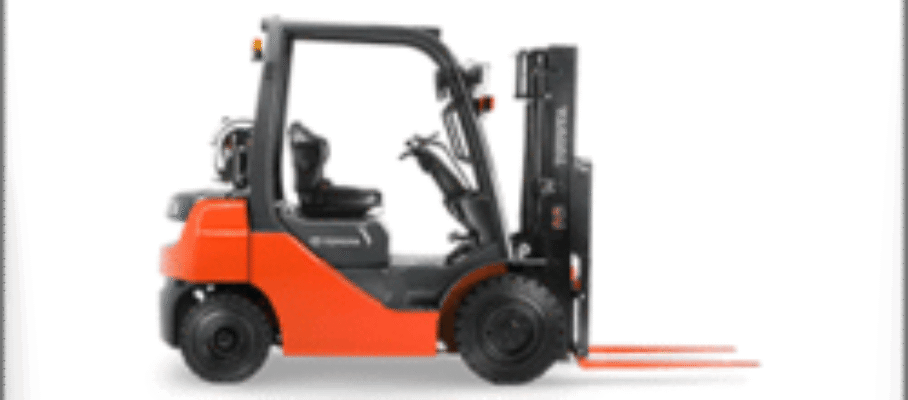

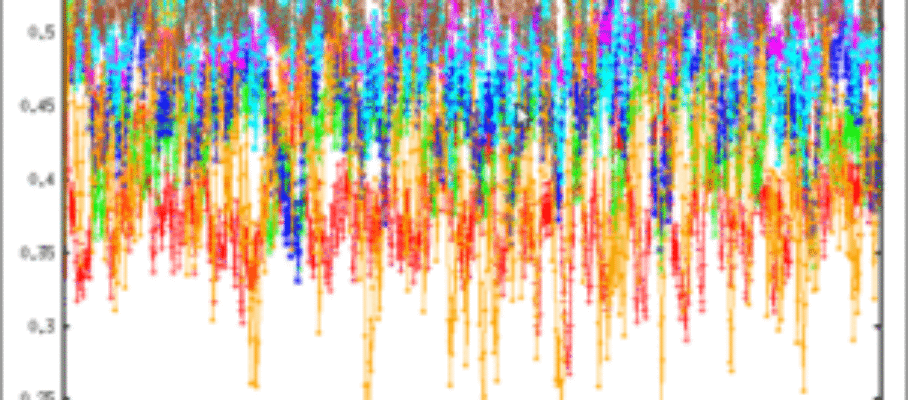
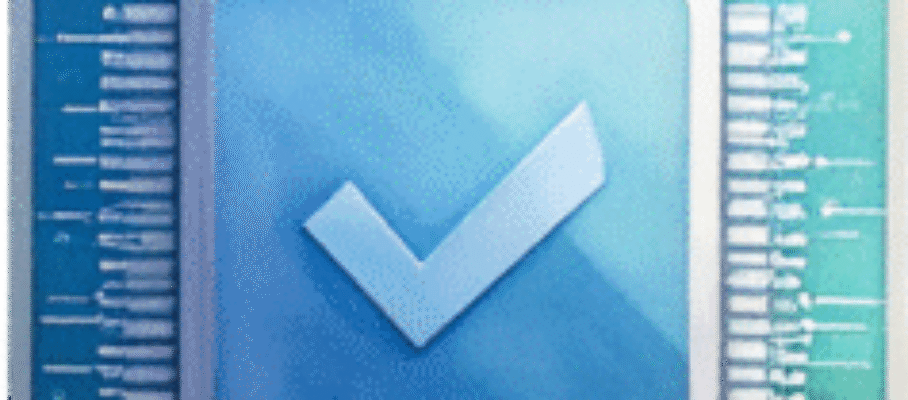

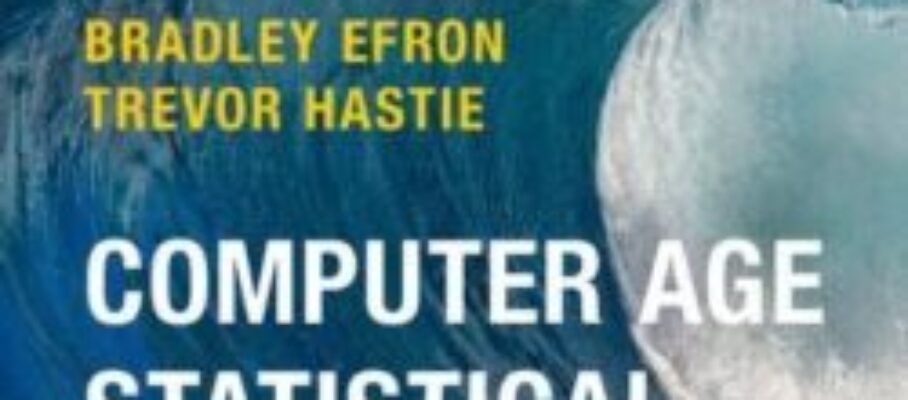


Nov 7 2025
The Lowdown on the Range Chart
To use in-process measurements for quality control 100 years ago, Walter Shewhart proposed the \bar{X}-\sigma charts. It entailed arranging workpieces in rational subgroups, summarizing measurements by subgroup into means and standard deviations, charting both, and checking new values against control limits.
When Harold Dodge tried to implement the \bar{X}-\sigma charts at Western Electric, the engineers balked at calculating sample standard deviations with paper, pencils, and slide rules. To gain acceptance, Dodge let them use sample ranges and plot them in R charts instead. While easier to understand and to use daily, sample ranges are mathematically more complex and more sensitive to extreme values than standard deviations.
The SPC literature glosses over the motivation for the R chart and its math. It provides recipes for using these charts, but no explanation. We shouldn’t ask manufacturing professionals to use a tool without explaining its purpose and its theory. This is what this post is trying to remedy.
Like all control charts, the R chart uses limits calculated for the Gaussian distribution. As no simple formula is available for the R chart, setting control limits for it requires numerical approximations that must have consumed months for human computers in 1924. Today, you can replicate them instantaneously with software. These calculations reveal that the \pm 3\sigma limits in the books for the range chart do not actually encompass the 99.73% of the distribution that they do in \bar{X} charts.
The R chart was an ingenious workaround to technical and human constraints of the 1920s that no longer exist. Today, rather than blindly applying these tools, we must draw inspiration from their inventors and develop solutions to meet the process capability challenges we are actually facing.
Share this:
Like this:
By Michel Baudin • Quality 0 • Tags: Control Charts, Quality, Range Chart, SPC, Xbar-R chart